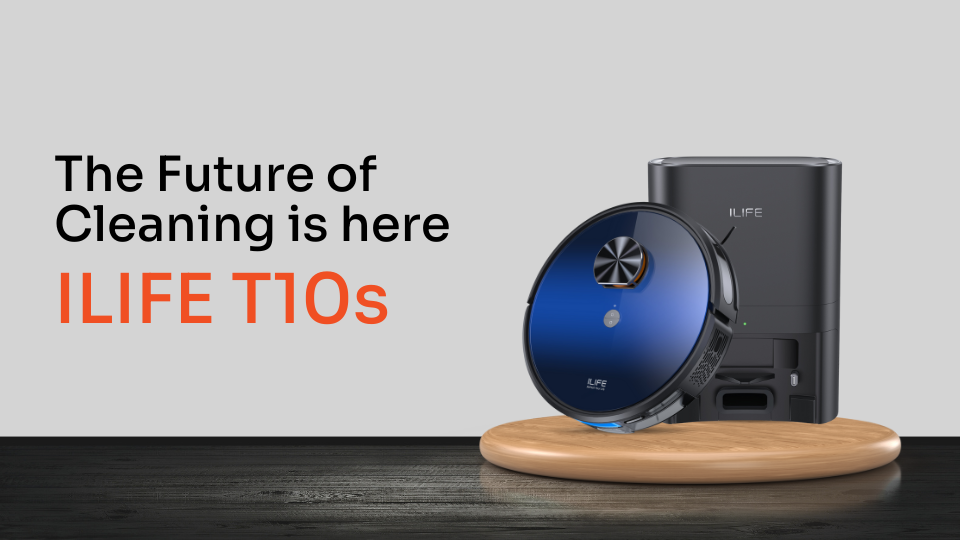If you have a robotic vacuum cleaner and want to keep it working well for a longer period of time, you need to clean and maintain it regularly.
Here is a quick guide to how you can maintain your robotic vacuum cleaner
- Cleaning the sensors and charge pins: Every robotic vacuum has anti-collision and anti-cliff sensors to help it avoid colliding with objects or furniture and avoid falling off. These sensors are very sensitive; usually, tiny dust particles get on them. The owner of the automated vacuum cleaner is usually provided with clear instructions.to clean those sensors, which are located at the back, using a dry cloth or a tissue. The same goes for the silver-plated charging pins on the robot.
-
Side brushes and nose wheel: The side brushes help reach edges, corners, and tight spaces for comprehensive cleaning. As it rotates at a specific speed, we can see that hairs get tangled in it, which may reduce the speed. To prevent the robot vacuum from carrying any kind of issue, we must clean the side brushes every week, once or twice. Just gently holding it, pulling it out, and removing the tangled hairs can do the job. Jumping up to the nose wheel that is at the top center of the back of the robotic vacuum helps in moving the robot. To clean it Hold the nose tightly and pull it out. Clean the tangles and dust if there are any.
- Roller brush: Most robotic vacuum cleaners have roller brushes; these brushes play a crucial role in picking up dirt, debris, and pet hair from different floor surfaces., Silicon brushes are mainly used for hard floors and to collect pet hair and Bristle roller brushes are mainly used for carpets and hard floors. regular cleaning, check the roller brush after every 2-3 usage . Remove any hair or dust tangled in it. Washing them with water is not at all recommended, as it may damage the brush of the robot. Replace it when it gets damaged and try to buy the original one on ILIFE's official website www.ilifecare.in
- Dust tank: A dust tank, or a dust bin, is an essential part of a robotic vacuum cleaner. It is a container where all the dust, dirt, and pet hair will be collected. HEPA filters, which improve indoor air quality, should not be washed with water; instead, tap them on the floor to clean them once a week It also has a primary filter that can be washed, but keep in mind that it should be completely dry before placing it in the dust tank. To maintain the performance of the robotic vacuum, emptying the dustbin is essential. There are a few models which come with come with disposable dustbags, such as T10s, and V3s Max which can reduce the frequency of emptying the dust bag.
-
Water tank: The water tank is also an essential unit of a robotic vacuum. Especially for mopping, the water tank is designed in a way that holds water in it, and with i-Dropping technology, it drops the water onto the mopping cloth, which helps in floor mopping. It is recommended to use only plain water in the water tank without using any disinfectants like Lizol or Dettol, instead you can sprinkle or spray it on floor or else you can put in on the mopping cloth. If not, these will clog the water tank and prevent the dripping of water on to the cloth. Remember to wash the mop cloth regularly once it becomes dirty.

Following all these steps regularly and promptly not only ensures better cleaning performance but also prevents any potential issues, such as clogging or overloading the robotic vacuum's components.







